Womens In Conservation
Our Latest Activities
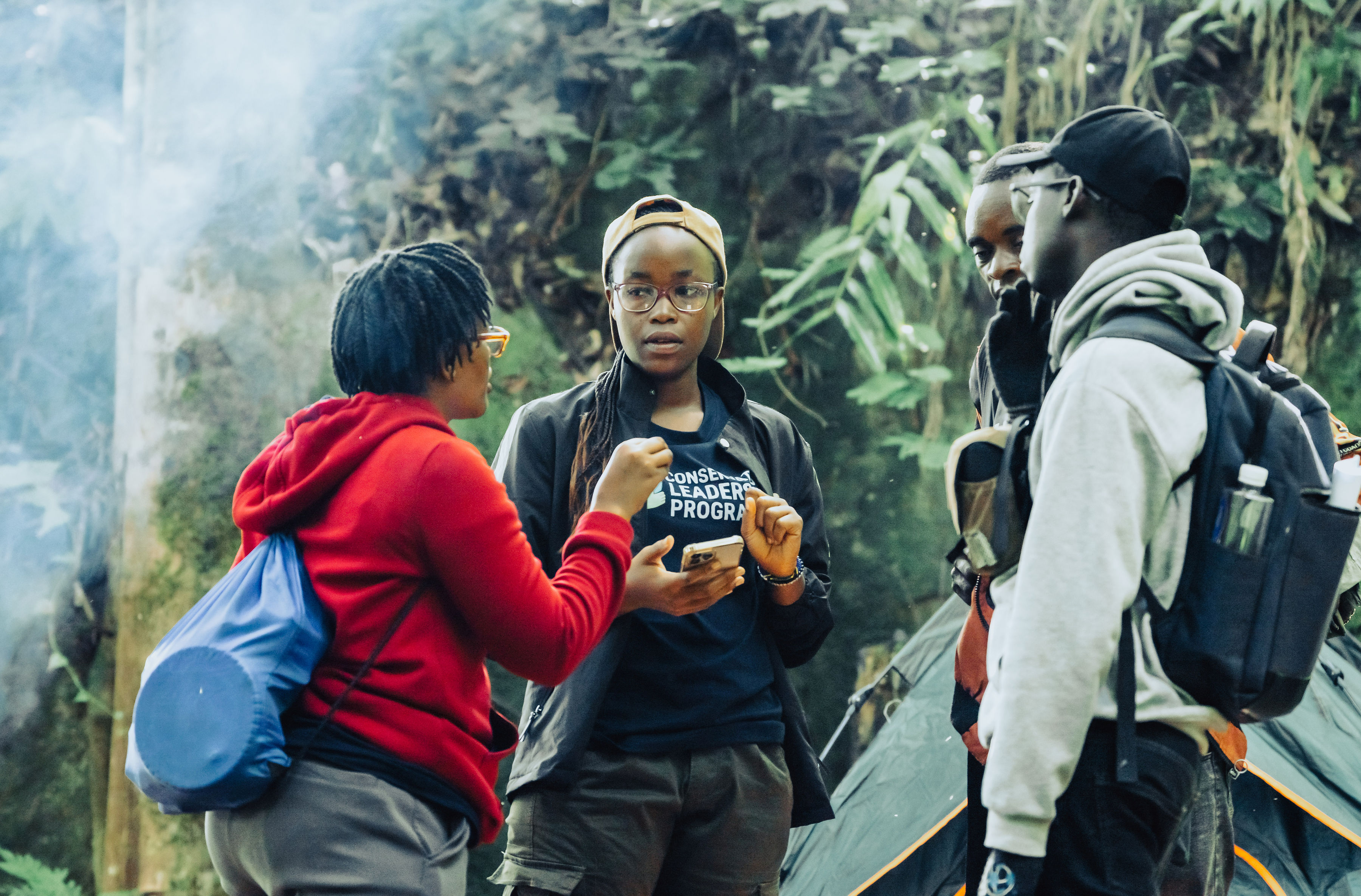
CONDUCTED POPULATION AND HABITAT SURVEY OF THE THREE SISTERS PYGMY CHAMELEONS IN KANGA AND MKINGU FOREST RESERVES
In early 2025, the Women in Conservation Organization (WICO), with generous support from the Conservation Leadership Programme (CLP), conducted a field-based ecological survey in Mkingu and Kanga Nature Forest Reserves, part of the Eastern Arc Mountains. The survey focused on three Critically Endangered pygmy chameleon species: Rhampholeon acuminatus, Rhampholeon princeeai, and Rhampholeon waynelotteri. These chameleons are under severe threat due to increasing habitat destruction driven by illegal farming (including cardamom, yams, and cocoa), logging, charcoal burning, and unregulated mining. These ongoing pressures put them at high risk of extinction, highlighting the urgency need of conservation action in addressing them.
Through a rigorous ecological survey, our team used the distance sampling method to estimate population sizes and better understand the chameleons’ habitat preferences. Also they collected detailed habitat data to inform long-term conservation planning. The findings from this important activity will inform the development of targeted conservation strategies aimed at protecting these unique chameleons and preserving the integrity of their forest habitats.
We extend our heartfelt thanks to CLP for making this important work possible, and to the local communities whose knowledge and cooperation made the fieldwork both meaningful and impactful.
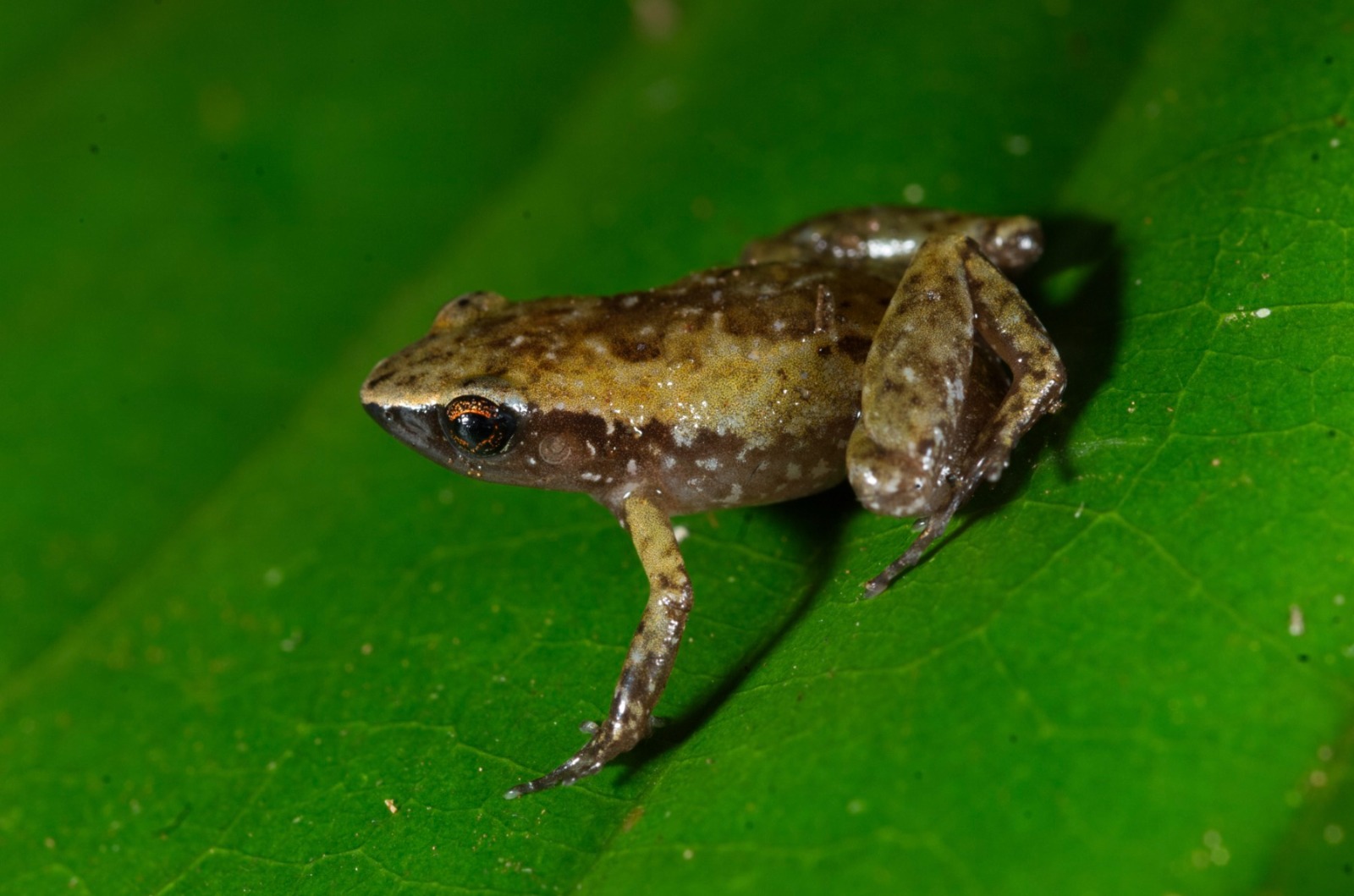
FIELD SURVEYS ON ARTHROLEPTIS KIDOGO POPULATION SIZE, DISTRIBUTION, AND ITS HABITAT IN MKINGU NATURE RESERVE
Arthroleptis kidogo is a Critically Endangered amphibian endemic to the montane forests of the Nguru Mountains, now part of the Mkingu Nature Forest Reserve in Morogoro, Tanzania. It is the smallest known Arthroleptis species and the smallest frog in the country, with adults measuring less than 1.5 cm. Although the species exists within a protected reserve, it faces major threats from human activities, particularly the cultivation of shade crops such as cardamom and yams. These farming activities disturb the forest floor, its key microhabitat, posing serious risks to the survival of the species. Generally, these ongoing pressures put the species at risk of further decline and possible extinction in the wild.
To address this WICO team, with the generous support from the Mohamed bin Zayed Species Conservation Fund (MBZ), conducted ecological field surveys to determine the population size and distribution of Arthroleptis kidogo in Mkingu Nature Forest Reserve. This survey was conducted during the rainy seasons (March to early May and October to December 2024) to collect data on population size, distribution, and habitat conditions. The survey applied an occupancy modeling approach to determine the species' presence and environmental pressures.
The information gathered will support the development of a conservation action plan for Arthroleptis kidogo.
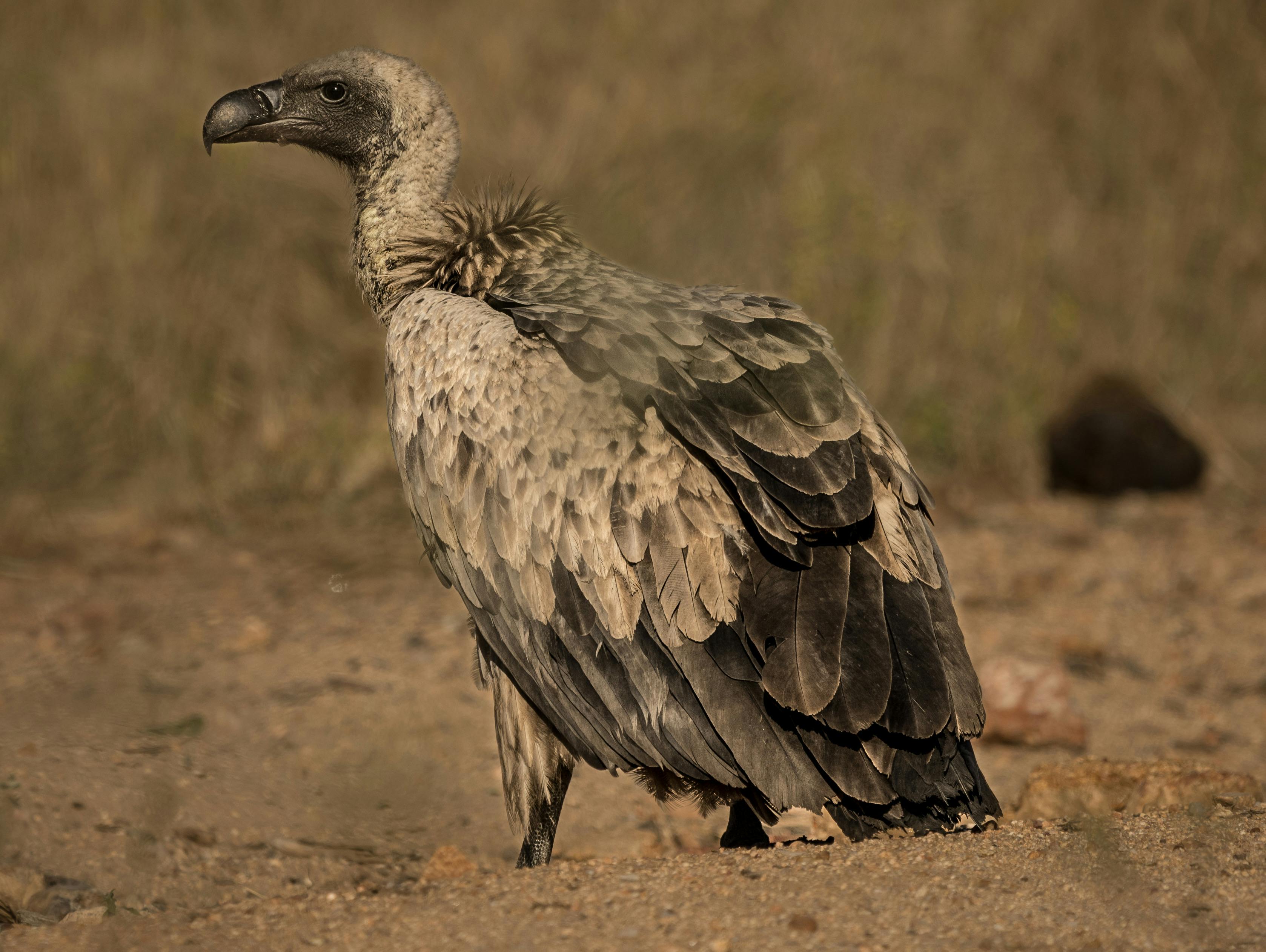
CONDUCTING ECOLOGICAL FIELD SURVEY TO ASSESS WHITE-BACKED VULTURE HABITAT SELECTION IN MASWA GAME RESERVE
In March 2025, while the WICO team was conducting fieldwork for our Arthroleptis kidogo conservation project in the heart of Mkingu Nature Forest Reserve, the team experienced a moment that beautifully captures the spirit of collaborative conservation. During data collection, they had the unexpected yet rewarding opportunity to meet Joseph Mboya, a dedicated amphibian researcher working on the conservation of Callulina hanseni, an endemic frog species found in the Eastern Arc Mountains.
What began as a chance encounter quickly turned into a powerful exchange of knowledge, experiences, and mutual inspiration. They discussed conservation strategies, shared field insights, and explored the overlapping challenges of protecting these threatened amphibians. The conversation not only deepened their understanding but also planted the seeds for future collaboration to broaden the impact of amphibian conservation across the region.
This moment stands as a testament to how meaningful connections made in the field can lead to broader conservation outcomes. It reflects our belief that by working together, we can strengthen efforts to safeguard Tanzania’s unique biodiversity
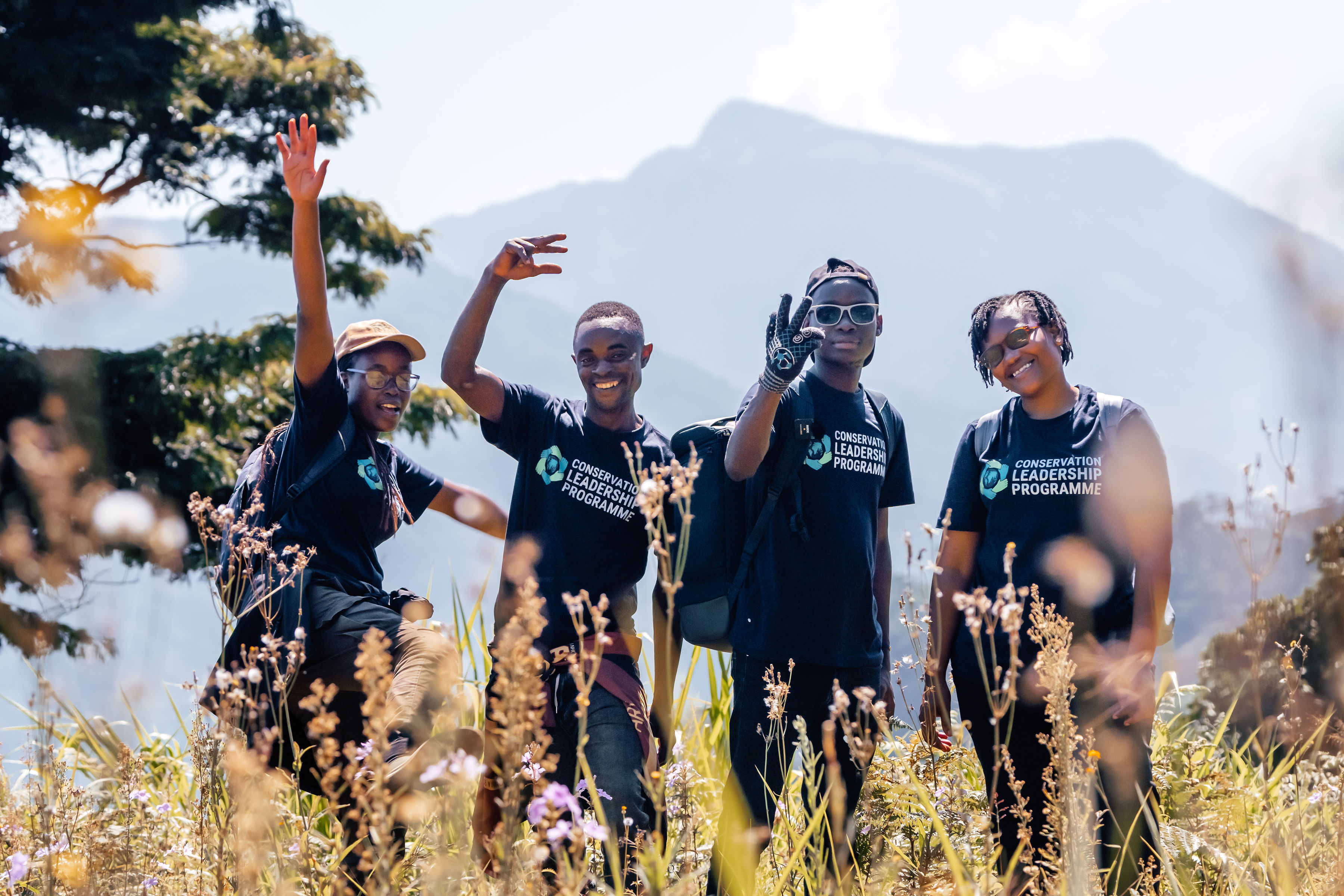
WICO TEAM SELECTED AS 2024 CONSERVATION LEADERSHIP PROGRAMME TEAM AWARDEES!
We are thrilled to announce that three of our dedicated team members—Eva Johnson, Lucia Romward, and Sarah Mshanga—have been selected as 2024 Conservation Leadership Programme (CLP) Team Awardees for their groundbreaking project entitled “Befriending the Three Critically Endangered Pygmy Chameleons of the South Nguru Mountains in Morogoro Region, Tanzania.”
This exciting project aims to protect three sister species of pygmy chameleons found only in the South Nguru Mountains, a unique and fragile ecosystem. The team will assess population sizes and habitat characteristics of the species, promote positive behavior change among local communities to reduce threats, restore five hectares of degraded forest by planting native tree species, and build national capacity for chameleon conservation through training and outreach. We extend our heartfelt gratitude to the Conservation Leadership Programme for believing in our vision and supporting this vital work. This opportunity not only strengthens our conservation efforts but also empowers us as young professionals to create a lasting impact for Tanzania’s unique biodiversity. Congratulations to Eva, Lucia, and Sarah—we are incredibly proud of you!
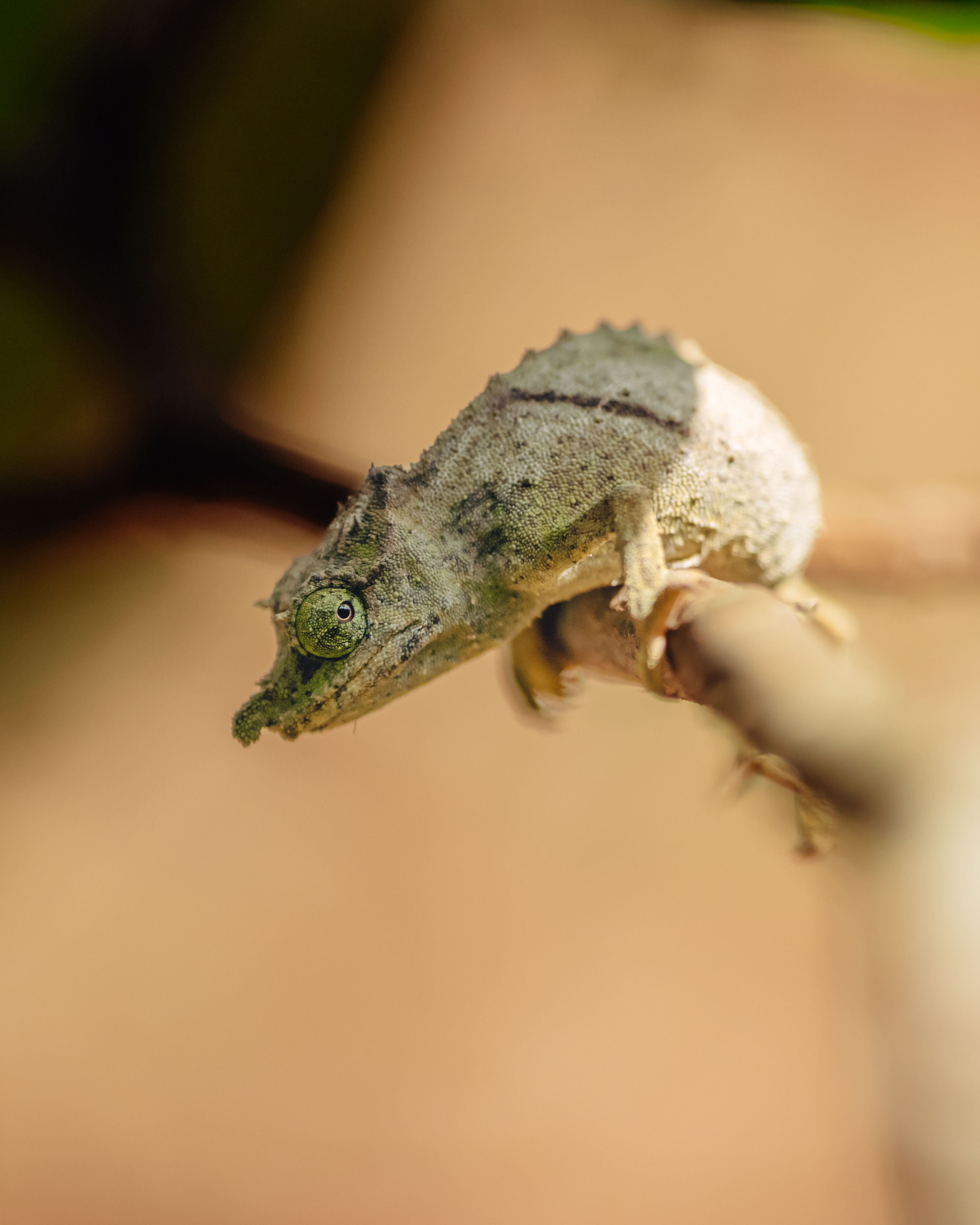
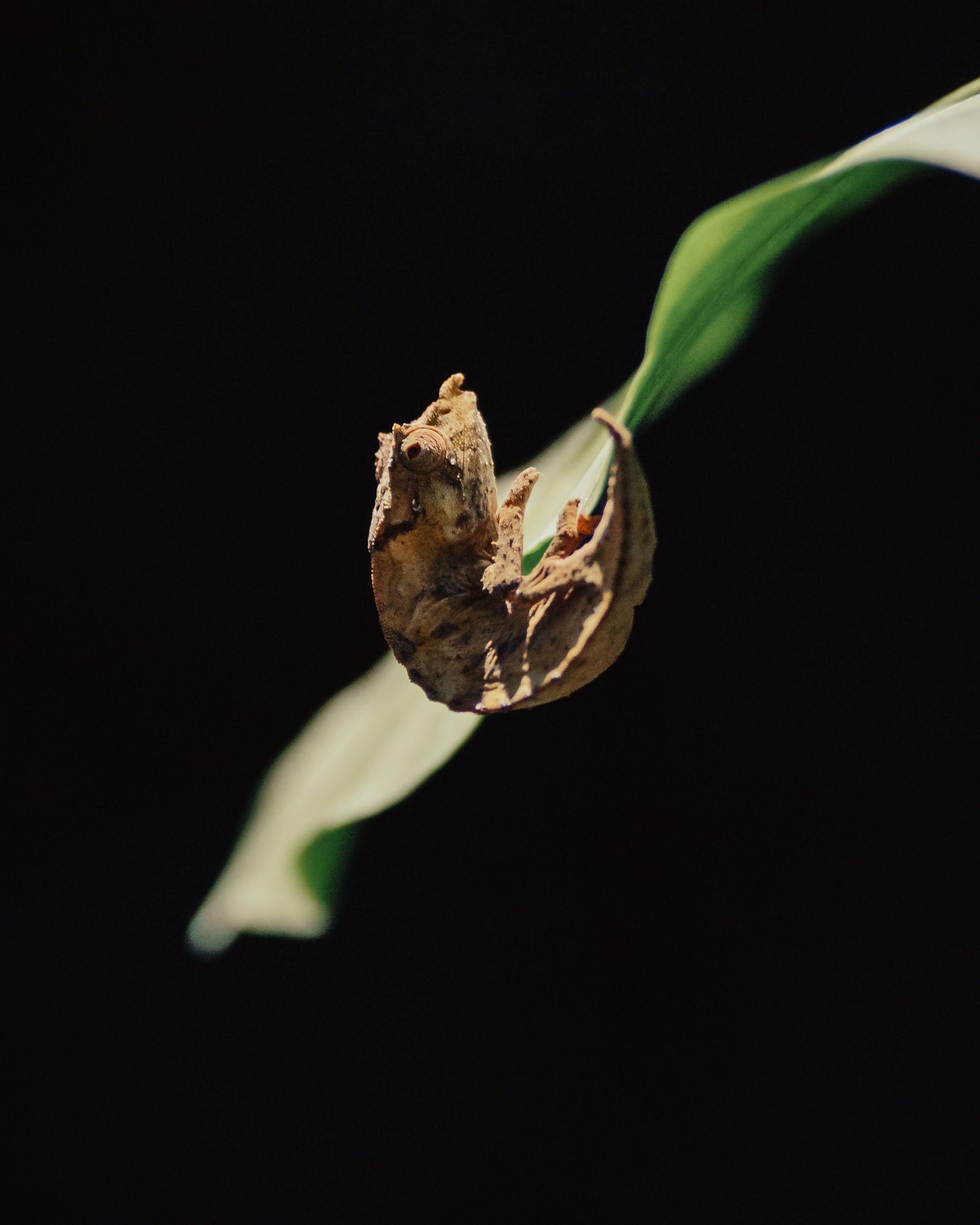
A MILESTONE IN CONSERVATION: WICO RECORDS FIRST DOCUMENTARY ON THREE CRITICALLY ENDANGERED PYGMY CHAMELEONS OF THE SOUTH NGURU MOUNTAINS FOREST RESERVES
Vultures are ecologically important scavengers that accelerate nutrient cycling and help control disease by consuming animal carcasses. The White-backed Vulture (Gyps africanus), widely distributed in sub-Saharan Africa, is a key bio-monitor and umbrella species for vulture conservation. Unfortunately, its population is rapidly declining due to poisoning, habitat loss, food scarcity, human persecution, and collisions with powerlines. In Tanzania, poisoning has been a major cause of decline. Maswa Game Reserve, part of the Serengeti–Mara ecosystem, remains one of Tanzania's last strongholds for White - backed Vultures. However, increasing human population and dependence on natural resources threaten the vulture’s habitat. Despite ongoing conservation efforts, specific data on white-backed vulture habitat selection within Maswa remain limited.
Women in Conservation Organization, with support from the Rufford Foundation, aimed to close this gap and conducted ecological surveys to assess habitat selection by White - backed Vultures using a vehicle-based approach to cover various habitat types within the reserve. Findings revealed seasonal fluctuations in vulture abundance linked primarily to food availability. Migratory species like wildebeest generate surges in carrion availability during their migration, attracting higher vulture densities along migration corridors and near large ungulate aggregations. White - backed Vultures preferred wooded grassland habitats, which provide optimal foraging visibility and suitable nesting/perching sites. The southeastern part of Maswa, near Serengeti National Park, had the highest vulture sightings, while areas closer to human settlements in the west and north showed lower densities, likely due to higher human disturbance and threats such as poisoning.
Moving forward, there is still much work to be done to ensure the survival of White - backed Vultures, including prioritizing conservation of wooded grasslands within Maswa Game Reserve through stronger anti-encroachment enforcement, emphasizing habitat protection, as well as managing land use to prevent habitat degradation and support vulture populations.
We sincerely acknowledge the generous support of the Rufford Foundation, which made this ecological survey possible. Their commitment to wildlife conservation has been instrumental in enabling us to carry out this important work. We sincerely thank the Foundation for its invaluable contribution to our conservation efforts.
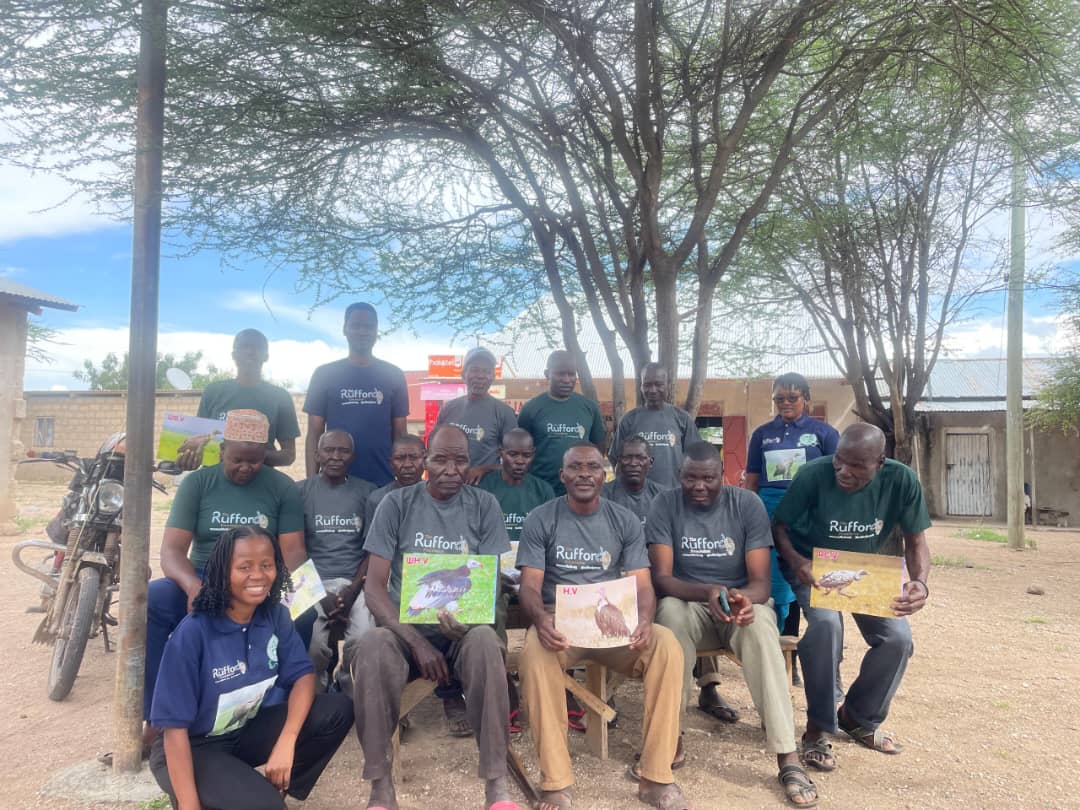
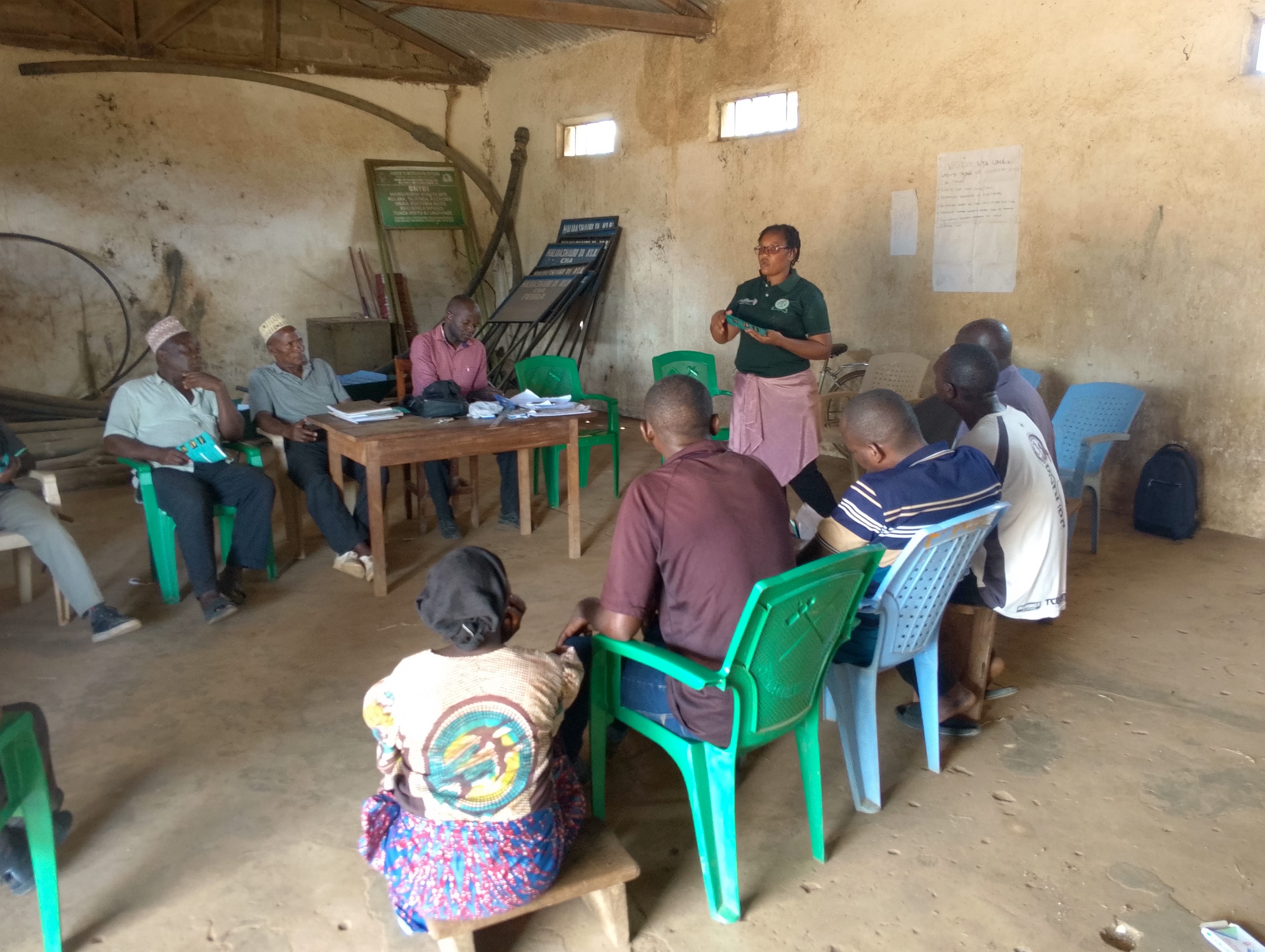
COMMUNITY ENGAGEMENT AND AWARENESS FOR WHITE – BACKED VULTURES CONSERVATION AROUND MASWA GAME RESERVE
In April 2024, our team implemented a community-based initiative aimed at enhancing local attitudes toward vultures and their conservation. This effort responded to the alarming decline of the White-backed Vulture (Gyps africanus), driven by key threats such as poisoning, habitat loss, food scarcity, and human persecution, with poisoning being particularly prevalent in Tanzania and the study area. Using a participatory approach, the project employed three complementary methods: household surveys, focus group discussions (FGDs), and school-based awareness sessions. These activities targeted communities surrounding the reserve to assess their understanding, perceptions, and attitudes toward vultures.
The activity began with a structured questionnaire administered at the household level to gather insights on community knowledge and beliefs about vultures. Following the surveys, the same participants took part in FGDs, where they had the opportunity to share perspectives, address misconceptions, and explore the ecological and cultural significance of vultures in a moderated setting. School-based awareness sessions were conducted in three primary schools—Busia, Mwajidalala, and Myahina. These sessions were interactive and incorporated visual materials, such as vulture images, to help students identify and appreciate these critically endangered birds. Topics focused on the ecological roles of vultures and practical actions young people can take to support conservation efforts, thereby nurturing positive attitudes among future conservation stewards.
The activity generated vital data on vulture presence and local community perceptions. Although awareness of vulture ecology was moderate, traditional beliefs and harmful practices, such as poisoning, continue to pose serious threats. Encouragingly, a significant majority of respondents expressed support for vulture conservation following the awareness activities. These findings provide a strong foundation for developing targeted community engagement strategies to protect vultures in the region. The insights will inform future conservation planning, particularly efforts to mitigate poisoning and enhance local stewardship of conserving vulture and their habitats.
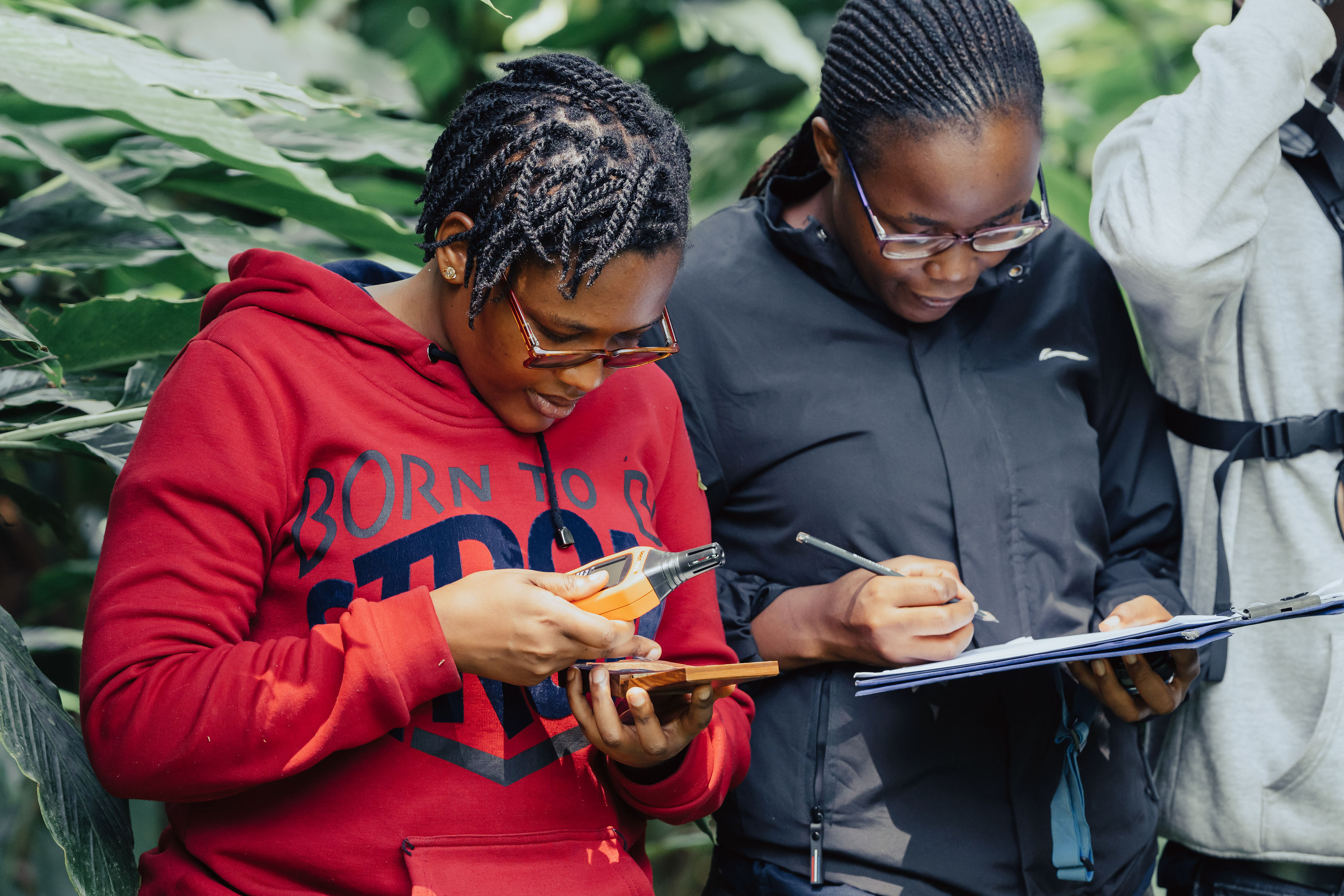
SURVEY ON NGURU SPINY PYGMY CHAMELEON AND ITS HABITAT IN MKINGU NATURE RESERVE
The Nguru Spiny Pygmy Chameleon (Rhampholeon acuminatus), found only in Mkingu Nature Reserve, is Critically Endangered due to its limited range and growing threats such as illegal pet trade, habitat loss, and wildfires. From July to October 2024, the Women in Conservation Organization (WICO), with support from the Rufford Foundation, conducted an integrated ecological survey to assess both the population status and habitat conditions of the species.
Systematic night transects were used to collect data on individual chameleons, while key habitat variables such as elevation, canopy cover, temperature, humidity, and vegetation structure were also measured. The survey produced the first comprehensive dataset on NSPC’s population and habitat within the reserve, leading to the development of a distribution map that identified conservation priority areas.
These findings provide a strong scientific foundation for long-term conservation and management efforts. WICO extends heartfelt thanks to the Rufford Foundation for making this important work possible.
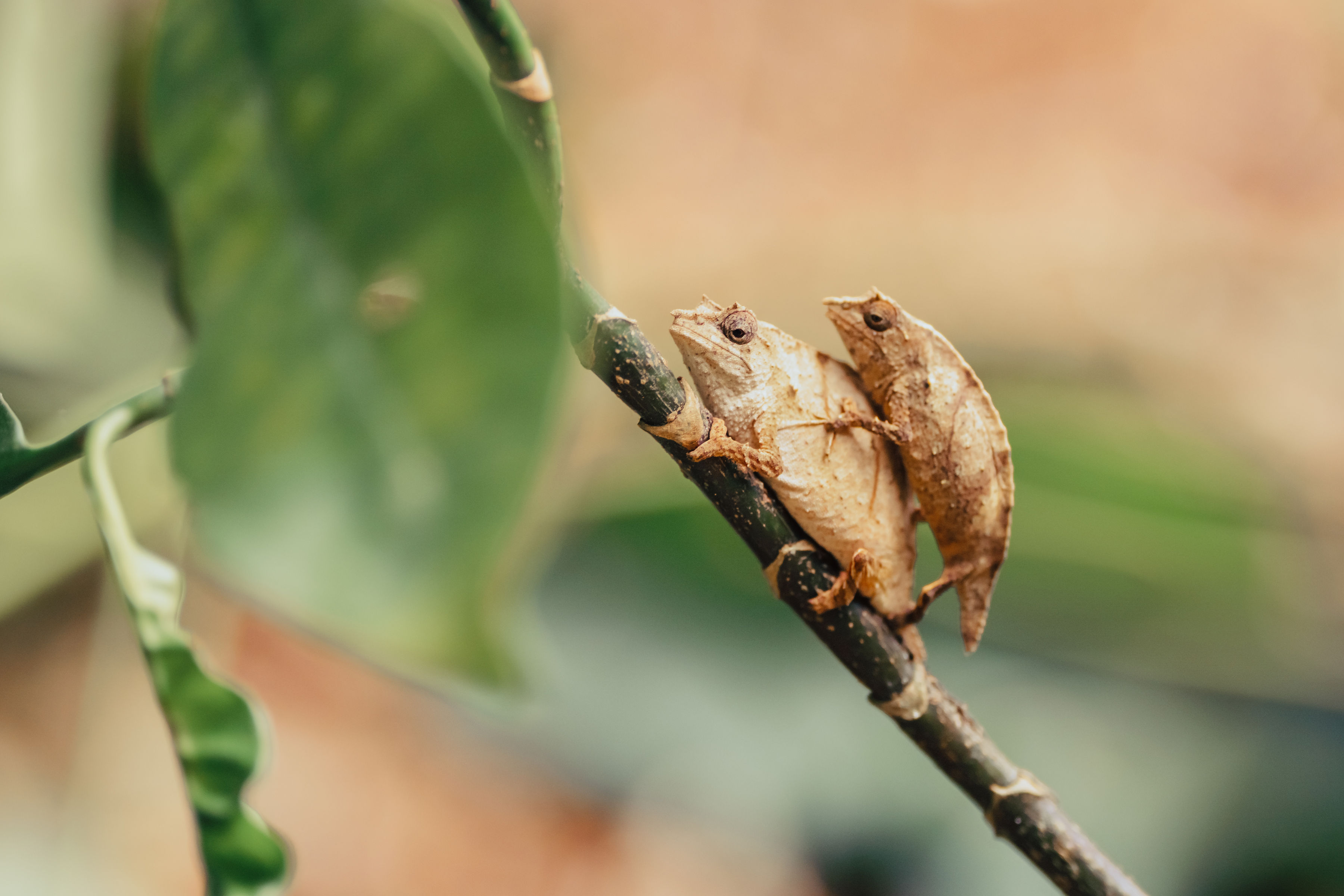
ASSESS THE IMPACT OF TRADE AND TRENDS OF THE PYGMY CHAMELEON IN TANZANIA
This activity, conducted from November 2024 to January 2025 by the Women in Conservation Organization with support from the Rufford Foundation, focused on assessing the collection and trade trends of the Nguru Spiny Pygmy Chameleon (NSPC) over the past decade. The goal was to generate both qualitative and quantitative data that reflect the impact of trade on wild NSPC populations. The findings will help guide conservation strategies and support advocacy efforts with local authorities and wildlife agencies to enhance the protection of the species and its habitat.
Data was collected through non-standardized open interviews with local environmental committees, individuals involved in NSPC collection, and wildlife officers from the Wildlife Division and TRAFFIC country office. Interviews with local collectors explored several key topics, including the number of NSPCs collected per month, selling prices, buyers, collection methods, changes in collection practices over the last ten years, awareness of the trade’s legality, knowledge of wildlife legislation, and shifts in demand following the government ban.
Interviews with wildlife officers focused on NSPC trade incidents reported in Tanzania over the past ten years, enforcement actions taken, penalties issued, and general insights on trade dynamics.The outcome of this activity includes a comprehensive report and dataset highlighting NSPC trade trends. These results will be vital for informing stakeholders and supporting more effective and targeted conservation and enforcement measures.

CONDUCTED AN AWARENESS-RAISING CAMPAIGN ON THE IMPORTANCE OF THE NGURU SPINY PYGMY CHAMELEON AND DEVELOPED AN ACTION PLAN
From February to April 2025, the WICO team implemented a targeted awareness campaign to promote the conservation of the Nguru Spiny Pygmy Chameleon. The activity focused on building understanding and support for chameleon conservation among local communities surrounding the Mkingu Nature Reserve, students in nearby schools, and key stakeholders responsible for wildlife and forest management.
The WICO team conducted several community workshops in the villages adjacent to the reserve, as well as consultative sessions with the Wildlife Division and Tanzania Wildlife Authority (TAWA). These engagements raised awareness about the ecological value of the NSPC, the threats it faces, especially from illegal trade and habitat loss, and the importance of collective conservation efforts.
In addition, school outreach activities helped to educate and inspire young people to become future stewards of biodiversity. As a key deliverable, the project produced a user-friendly awareness manual and a collaborative action plan for the long-term conservation of the NSPC, both informed by stakeholder input gathered during the campaign. This activity significantly enhanced local knowledge, encouraged voluntary compliance with sustainable forest use, and promoted collaborative conservation initiatives. It has laid a strong foundation for continued advocacy and protection of the NSPC and its habitat, thanks to the committed efforts of WICO and the vital support of the Rufford Foundation.